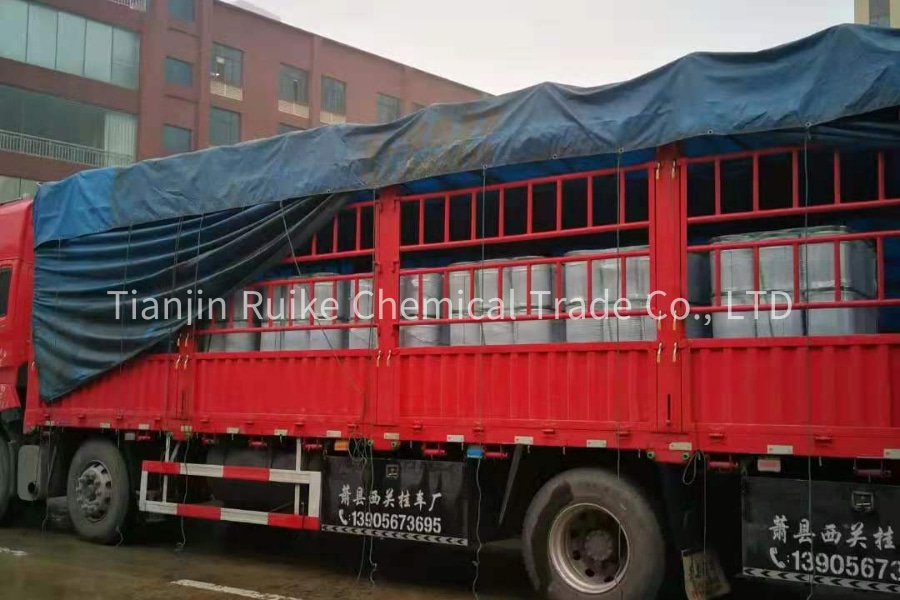


Coating ink additive professional manufacturer
No.160-11,Xiangyuan Road,Jingjin Science and Technology Valley Inductrial Park,Wuqing District,Tianjin Province,China
jeffrey@rk-chem.com
+86 18526852692
Introduction:
Dispersing pigments is a crucial process in various industries, including paints, inks, and coatings. The efficient dispersion of pigments ensures an even distribution and optimal performance of the final product. In this article, we will discuss an efficient approach to dispersing pigments, highlighting its benefits and key considerations.
1. Importance of Pigment Dispersion:
Pigments, in their raw state, are typically in the form of aggregates or agglomerates. These clumps need to be broken down and dispersed evenly to achieve the desired color intensity, opacity, and stability. Proper pigment dispersion enhances the quality and functionality of the end product, ensuring consistent color and improved performance.
2. Challenges in Pigment Dispersion:
Dispersion of pigments can be challenging due to their inherent characteristics. Some pigments have high surface energy, resulting in strong agglomeration tendencies. Others may have poor wetting properties, leading to inadequate dispersion. Additionally, the high viscosity of pigment dispersions can hinder efficient mixing and processing.
3. The Efficient Approach to Dispersing Pigments:
To overcome the challenges associated with pigment dispersion, an efficient approach involves the following steps:
a. Selection of Dispersing Agents:
Dispersing agents, also known as dispersants or wetting agents, play a crucial role in breaking down pigment agglomerates and promoting uniform dispersion. The selection of the appropriate dispersing agent depends on the pigment type, solvent system, and desired properties of the final product. Factors such as compatibility, solubility, and stability should be considered.
b. Pre-Milling:
Pre-milling is a preliminary step that involves reducing the particle size of the pigment before dispersion. This process helps in breaking down larger agglomerates, making subsequent dispersion more effective and efficient. Pre-milling can be done using various techniques such as ball milling, high-speed dispersing, or ultrasonic dispersion.
c. Proper Mixing Techniques:
Efficient mixing techniques are essential for achieving uniform pigment dispersion. High-speed dispersers, bead mills, or three-roll mills are commonly used for this purpose. These equipment provide sufficient shear forces to break down agglomerates and disperse the pigments evenly throughout the medium.
d. Control of Process Parameters:
Optimal dispersion is achieved by controlling various process parameters such as mixing speed, time, and temperature. The selection of suitable process parameters depends on the specific pigment and medium being used. It is essential to find the right balance to achieve efficient dispersion without damaging the pigment or compromising the stability of the final product.
4. Benefits of Efficient Pigment Dispersion:
Efficient dispersion of pigments offers several benefits, including:
- Improved color intensity and brightness
- Enhanced product stability and shelf life
- Increased opacity and coverage
- Better resistance to settling and flocculation
- Reduced production costs by minimizing pigment usage
Conclusion:
An efficient approach to dispersing pigments is crucial for achieving consistent color performance and optimal functionality in various industries. Through careful selection of dispersing agents, pre-milling, proper mixing techniques, and control of process parameters, manufacturers can achieve efficient pigment dispersion, leading to high-quality products and improved customer satisfaction.



Ruike’ growing reputation in the industry is largely attributed to its commitment to provide a wide range of products and highly specialized service.
No.160-11,Xiangyuan Road,Jingjin Science and Technology Valley Inductrial Park,Wuqing District,Tianjin Province,China
jeffrey@rk-chem.com
+86 18526852692